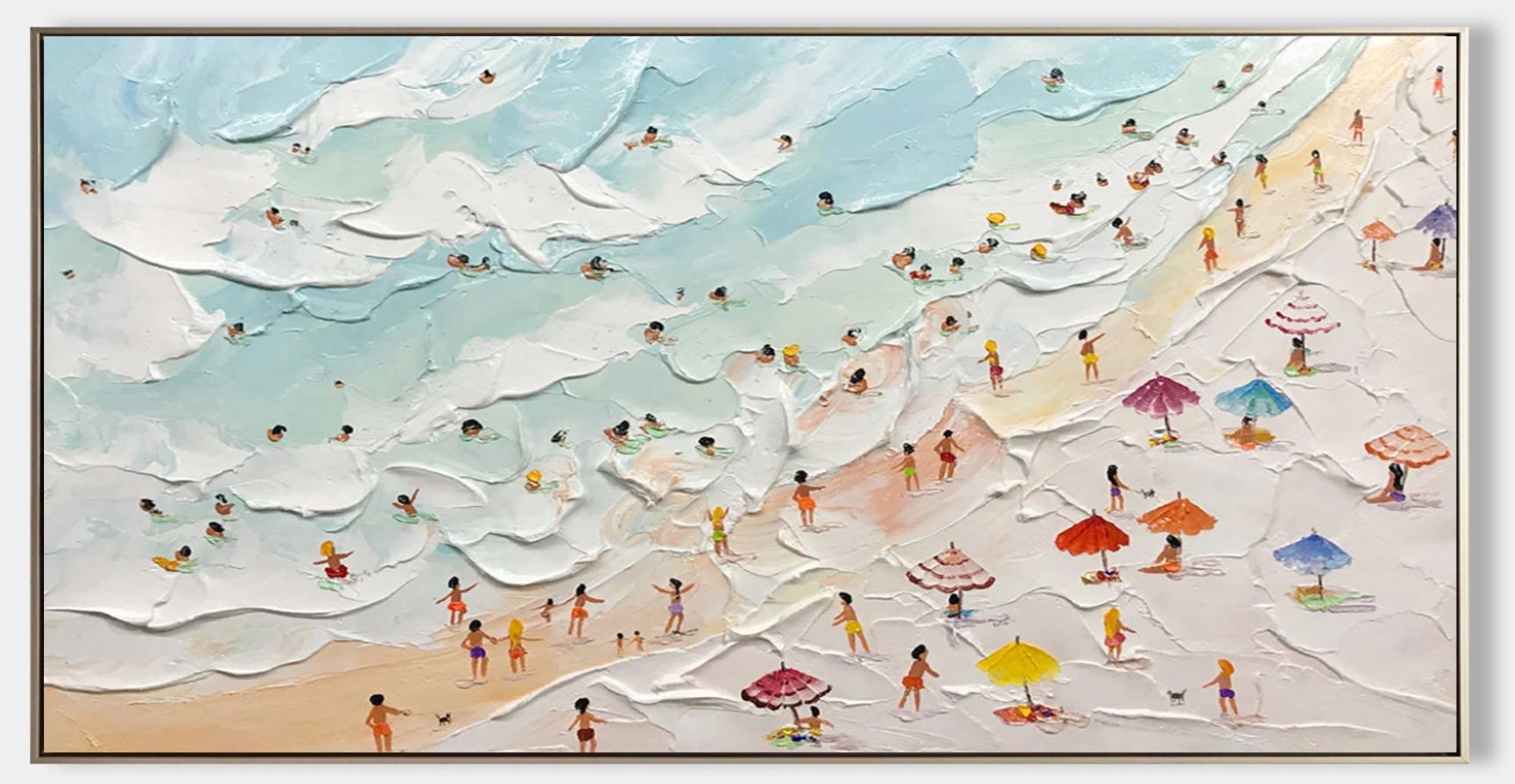Intro: It Looked Great in Your Head, But…
You’ve got the flowers in mind, your brushes are ready, and the canvas is fresh. But somehow, what ends up on the canvas feels… wrong. Lifeless. Kinda flat.
Don’t stress. Painting flowers in oil is trickier than it looks. But most of the time, it’s not your talent — it’s a few bad habits that sneak into your process. Let’s look at what might be going wrong, and how to get your floral paintings blooming again.
Mistake #1: Flat Values = Flat Flowers
If your painting lacks “punch,” chances are the values are too similar across the whole piece. All mid-tones and no contrast make flowers look dull.
What to do: Squint at your reference. Can you tell the flower from the background? Are the shadows deep enough? Push those darks and lights more than you think you need — oil paint can handle it.
Mistake #2: Ignoring the Petal Structure
Not all petals are shaped like perfect ovals. Some twist, curl, overlap — and if you skip that structure, you’ll get cartoonish flowers instead of natural ones.
Fix it: Spend time observing real flowers. Sketch the flow of petals before adding any paint. Try to see them as 3D forms — not just shapes.
Mistake #3: Muddy Color Mixing
Muddy colors often come from mixing too many pigments or not cleaning your brush between strokes.
Tip: Use a limited palette — 3 or 4 core colors are enough for a flower piece. And keep a rag nearby to wipe your brush often. It makes a huge difference in color clarity.
Mistake #4: Getting Lost in the Details Too Soon
You start painting… and before you know it, you’re adding vein lines to a petal that isn’t even finished. That’s a trap.
Better approach: Block in big shapes first. Then define shadows and highlights. Only then, once the flower reads well from a distance, go in with detail.
Mistake #5: No Separation Between Foreground and Background
If the flower blends into the background too much, it loses its spotlight.
Solution: Adjust either the hue, value, or texture of the background to create separation. A soft, desaturated background lets vibrant petals take center stage.
Mistake #6: Everything’s in Focus
When every flower is equally sharp and detailed, the eye doesn’t know where to land. It’s visual overload.
Pro trick: Choose your star flower. Give it full attention. Then let the others fade slightly — less detail, softer edges. That’s how you build visual hierarchy.
Mistake #7: Stiff Brushwork
Sometimes the strokes look mechanical — like you’re being too careful. That stiffness translates to the viewer.
Try this: Loosen your wrist. Let some brushstrokes overlap and remain visible. Confidence in your strokes gives your flowers more energy and life.
Wrap-Up: Small Fixes, Big Changes
Don’t get discouraged if your flowers don’t turn out perfect right away. Oil painting is all about layering, learning, and yes, sometimes messing up. But when you start recognizing these issues and fix them early, your results get way better.
So keep your brush moving, stay playful, and let the paint speak.
